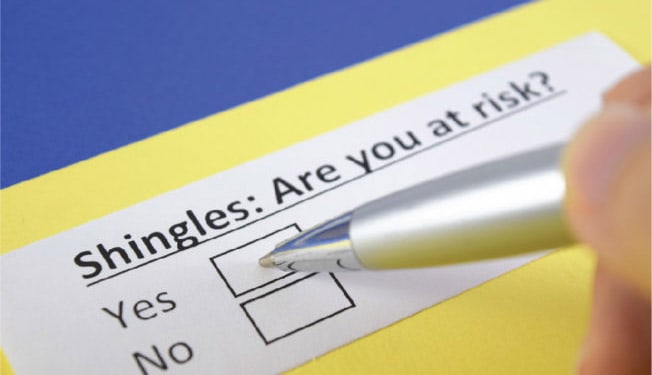How To Treat Shingles?
What is Shingles? This condition is an infection resulting from the varicella-zoster virus, which is also the main cause of chickenpox. Once the individual recovers from chickenpox, this virus can survive in the nervous system for several years. Sometimes, the virus reactivates as shingles, which is also called herpes zoster. This viral infection causes a red rash on the skin resulting in burning and pain. A stripe of blisters will start forming on just one side of the body. It usually appears on the face, neck, or torso. Most people recover within two to three weeks. The same individual does not usually encounter this virus more than once. Of every three people in the United States, only one will contract this virus during their lifetime.
How To Treat Shingles? Read More



